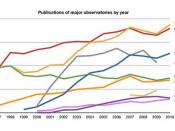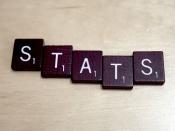Crime in Britain has steadily increased, with the exception of small decreases in the mid 50's and mid 90's, each year since records began in the mid 19th century. Over half of all these offences are for petty offences such as theft and handling stolen goods. In fact the majority of all offences are made up of crimes against property.
The majority of the prison population of the United Kingdom consists of young males, ethnic minorities and those from unskilled occupations. In fact criminals are predominantly male, as they make up 83% of known offenders. The most frequently used and accepted measures into the extent of crime are statistical data recorded by police and law courts. This data is collected annually and investigates the number of crimes committed within certain categories, which is recorded by the police.
The statistics of the United Kingdom are produced by the Home Office (known as Criminal Statistics of England & Wales).
Both Scotland and Northern Ireland have their own respective departments. These statistics include all the information about the crimes that are committed and the personal information about each offender. Crimes have been recorded in this way since 1874 in the UK, and the records have shown that there has been a dramatic rise in crime in recent years. This also matches most other countries in the world, with the exception of Switzerland. But how accurately do these records display the true amount of crime in this country?
As they are published regularly they would seem to therefore be a reliable indicator of crime. However, these statistics are perhaps the most unreliable of all published figures on social issues and are often not taken seriously by criminologists.
There are many problems with relying on official statistics to measure crime levels. Firstly, according to...


